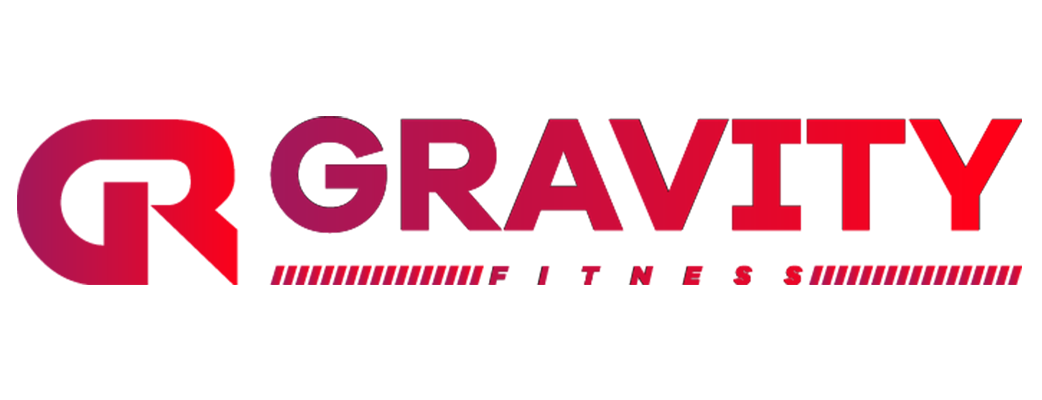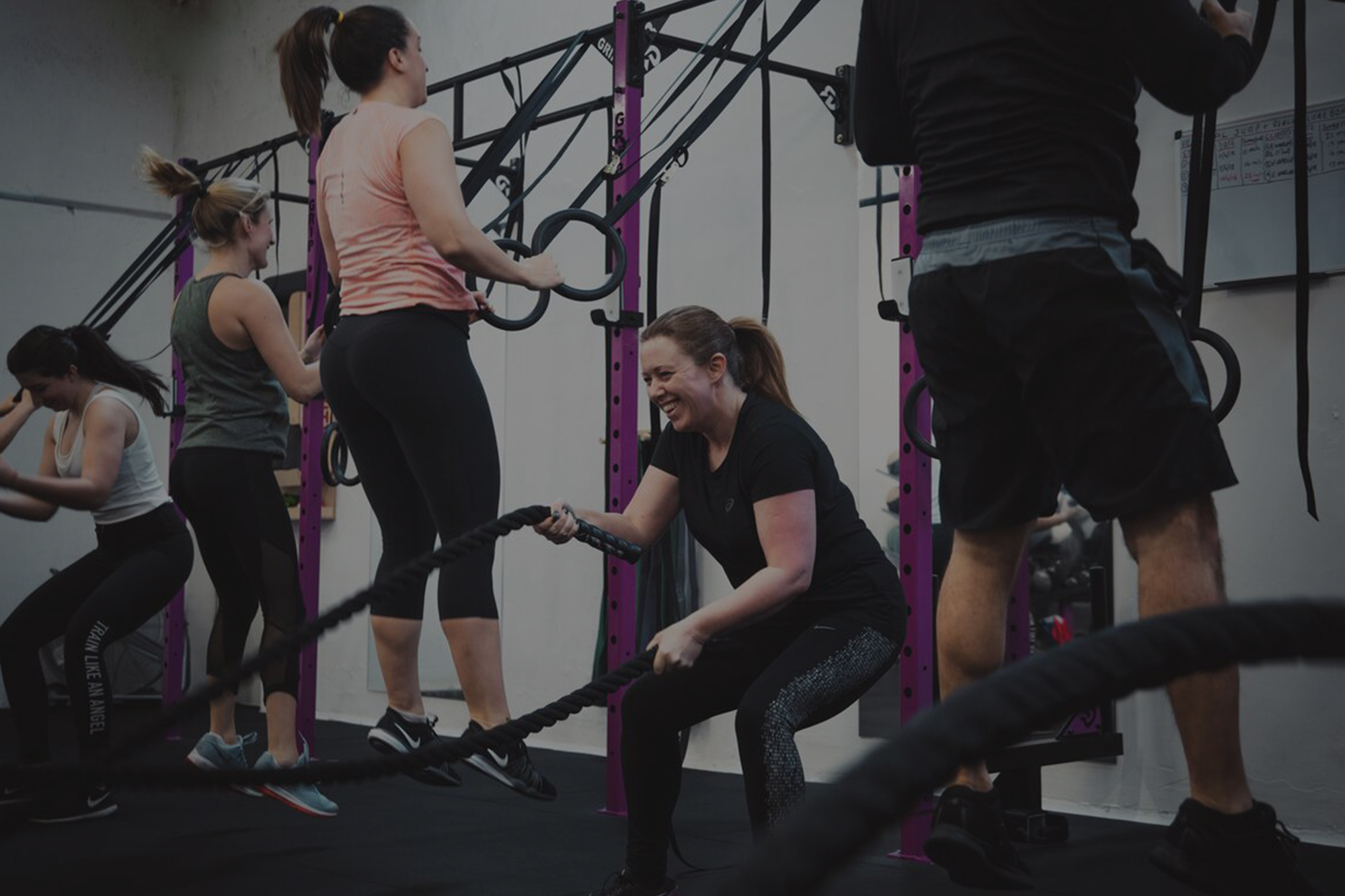Gareth Rossi here from Gravity Fitness, Raheny, Dublin 5. This article will focus on my personal recovery methods from long steady runs as I prepare for my first Dublin marathon. Last Sunday, I did an 11-mile-long steady pace run. Methods of recovery can be quite personal, everyone is different so people can feel they get more benefit from certain types of recovery compared to others. Availability of equipment can be a reason some methods are selected over others. For example, as much as ice baths are very good for your recovery, it is not always easy to get your hands on a lot of ice before or after to prepare for when your finish your run. My go to recovery options are hydration, compression, foam rolling and sports massage.
Hydration:
After I finish my long run I drink water and a sugary carbohydrate drink combined with electrolytes. I drink approximately 250ml of isotonic drink and 500ml of half isotonic and half water. Every kilogram lost in bodyweight must be replaced with 1 litre of water. Therefore, I weigh myself before and after the run, so I can replace the water I have lost. I will also have a protein shake within 30 minutes after I finish so I can help my muscle recover. Ideally, a drink consisting of a combination of carbohydrates and protein would be optimum. Research recommends a guideline of consuming 1g per kg of bodyweight of carbohydrate and 0.2 g per kg of protein post exercise to aid muscle recovery. For example, if you weigh 60 kg, you should be aiming for 60 g of carbohydrates and 12 g of protein. Another great drink option is chocolate milk. 250 ml of Avonmore Mooju Chocolate Milk would provide 26 g of carbohydrates and 23.5 g and 12 g of protein. Therefore, a 60 kg person can meet their requirement by drinking 250 ml of chocolate milk, eating a large banana (approx. 30 g carbohydrates) and drinking enough water based on their lost bodyweight. Obviously if you’re heavier of lighter this needs to be adjusted, and if the exercise intensity is even greater, these requirements go up but it’s a good starting point.
Foam Rolling:
Within an hour of ending the run, I foam roll my major muscle groups to aid recovery. Foam rolling is compression of muscle, which supports decreasing muscle stiffness and breaks up adhesions and scar tissues that stop your muscles from functioning properly. Spending 10 minutes on a foam roller after your run, later that night and the next day will go a long way to keeping your muscle in a supple and flexible state.
Compression Tights:
These tight-fitting items are thought to hold muscles firmly in place and improve blood flow to the muscles, thereby boosting athletic performance. Increasing blood flow brings fresh oxygen and toxins to the muscles, which flushes out the bad toxins, so the muscles can repair quicker. Recent scientific research shows two hours use of compression tights can aid in recovery. I like to sleep over night in them, it depends what you like doing!
Sports Massage:
Being a qualified sports therapist, I know the full benefit of soft tissue massage on your body. I will come back around to the same point as foam rolling and compression, increasing blood flow is the key. Sports massage aims to reduce the risk of injury, enhance performance and speed up recovery. When a good therapist lays their hands on you, you will feel the increased pressure compared to foam rolling and you can’t get the therapist to back out like you would in foam rolling.




